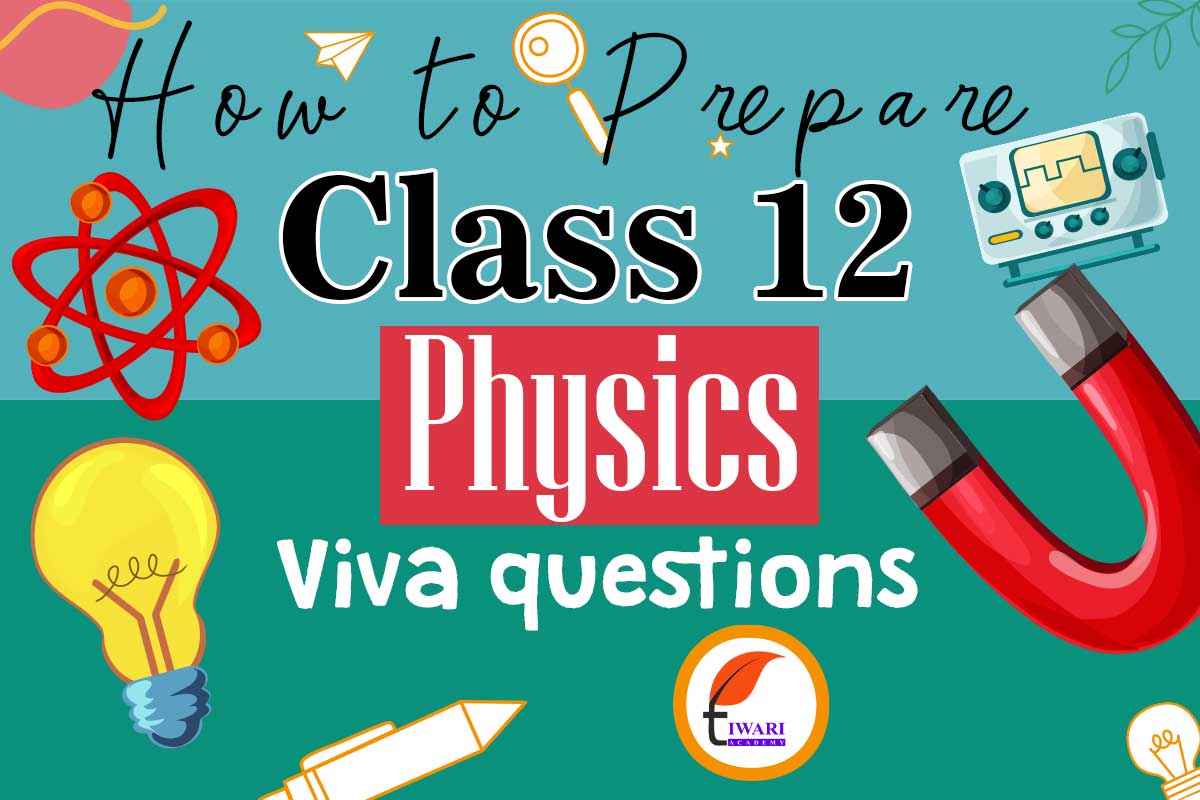Mastering Class 12 Physics Viva Questions for CBSE Board Exams: Preparing for the Class 12 Physics practical exam requires thorough understanding and practice, especially for the viva questions. The Physics Practical Viva Class 12 often focuses on core concepts from the Physics Lab Manual and the practical experiments conducted during the academic year. Students must prepare key Viva Topics, such as Ohm’s law, electromagnetic induction, ray optics and Newton’s laws of motion, to tackle the Common Physics Viva Questions effectively. The CBSE Class 12 Practical Exam Guide recommends focusing on frequently asked questions and practicing detailed answers. Solid preparation not only boosts confidence but also ensures better performance in the Physics Viva for Board Exams.

